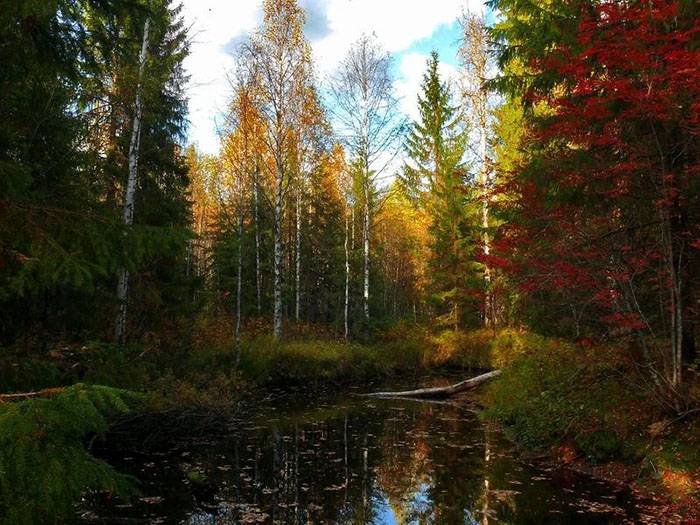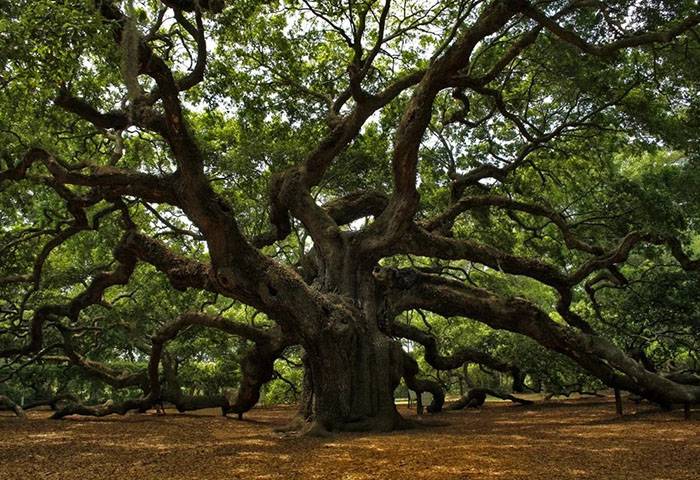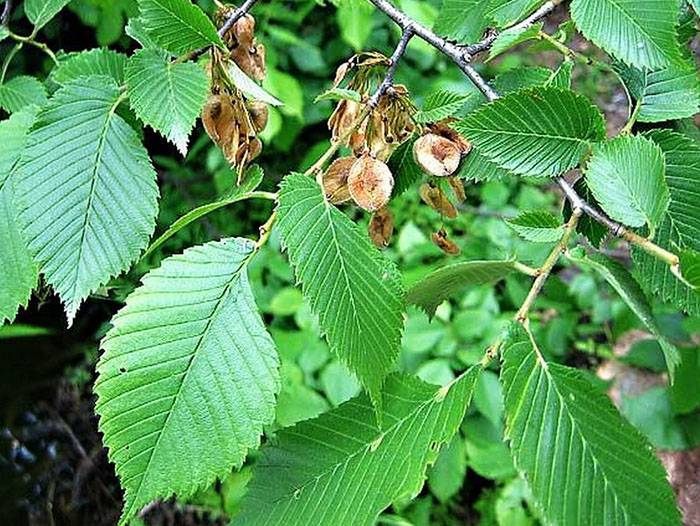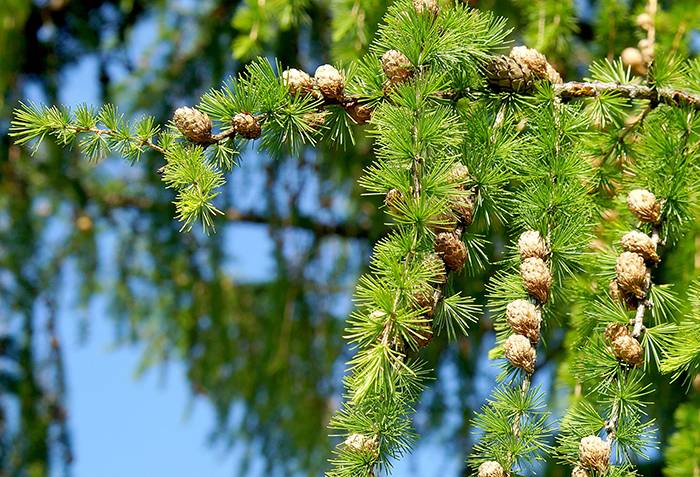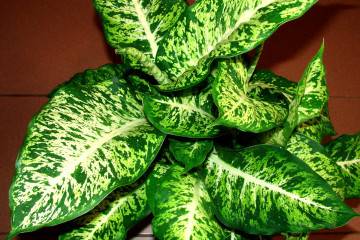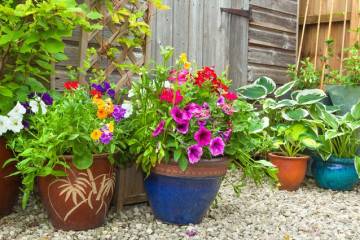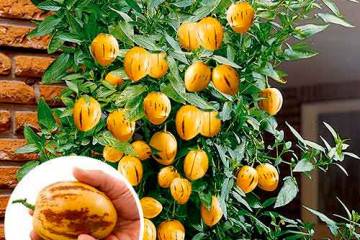What are the trees in the Middle Lane - deciduous and coniferous trees
Content:
Forests are an integral part of the ecosystem. No country in the world has such an area of green space as Russia. But plants are the "lungs" of the planet. Trees absorb toxic gases and supply people with oxygen, without which life on Earth is impossible.
What trees grow in the forest
About two thousand tree species grow on the territory of Russia, but two types of trees can be distinguished: deciduous and coniferous. They differ in external signs and properties, but they are constant companions and helpers of man.
Deciduous Russian trees
Deciduous trees of central Russia are very diverse. It is difficult to overestimate their importance in people's lives. All trees slow down soil erosion, reduce exposure to ultraviolet rays. Plantations protect from the wind, serve as a habitat for many animals and decorate the surrounding area. Wild fruit plants are the starting material for breeding.
Linden
The Encyclopedia of Trees lists hundreds of names of plants growing on the territory of Russia. But perhaps the most popular, primordially Russian tree is linden. The adjective "fake" is sometimes used in the meaning of "fake", "deception". This is due to the fact that in ancient times swindlers made copies of princes' seals from linden.
A beautiful heart-shaped linden tree, reaching 25 m in height, is known to everyone. It is easily recognizable by its heart-shaped leaves with a sharp end and jagged edges. The bark of this tree is rough, with longitudinal grooves. The bark of young trees is used to make weaving material - bast. Wood carvers are happy to use the soft, pliable linden wood. It is used to make toys, musical instruments, and more.
Linden flowers are small, yellow, with an amazing delicate scent. This plant is a good honey plant. The linden blossom is harvested, dried and brewed with healing tea - an excellent medicine for colds. Linden honey (lipets) is also a well-known remedy.
After pollination, small nut-like fruits are formed. They are collected in several pieces on one stalk and are equipped with a "sail" - a leaf that allows the fruit to fly a long distance from the mother plant.
Representatives of the linden family are distributed across all continents. In Russia, in addition to the heart-leaved linden, common in the European part of the country, there are:
- Amurskaya, Far Eastern, Khabarovsk - in the Far East.
- Nashchokina and Siberian - in Siberia.
- Pubescent - in the Caucasus.
- Large-leaved - in the European part.
Oak
A strong and powerful tree, the oak is a forest giant. Common oak reaches 40 m in height and has a powerful root system. The crown is spreading, the leaves are elongated, with carved edges. Flowering begins in May. Fruits - acorns have an extremely decorative shape. The bark of adult specimens is dark gray, deeply fractured. It contains tannins and is used as a medicine, as well as in leather tanning. Solid and beautiful wood is used to make quality furniture.
Oak is one of the main forest-forming species of broad-leaved Russian forests. It is used in protective afforestation of the steppe and forest-steppe zones.The tree hero grows slowly. There are specimens that have reached 800 years of age.
Elm
Another example of a long-liver is the elm, which lives for 400 years or more. The bark in adult specimens is coarse, with gray, cracking bark. Leaves are ovoid or oval, at the base one part of the leaf is shorter than the other. Young shoots are flexible.
Types of elms are called differently: elm, birch bark. Low forms, resembling a shrub, are called elm. The plant is found not only in forests, but also used for landscaping cities. Elm easily tolerates pruning and retains its shape for a long time.
Coniferous trees of Russia
There is a group of plants that do not shed their foliage and have peculiar fruits - cones. The common name for all these trees is conifers.
Walking through the coniferous forest not only brings pleasure, but also contributes to the health of the human body. The healing air has a beneficial effect on the respiratory system, and the beauty of all types of evergreen trees has a calming and pacifying effect.
In the creation of landscape compositions, conifers are indispensable. Their decorative effect remains constant throughout the year. A variety of shapes, colors, crown sizes allow you to achieve high decorative and expressive compositions. Quite exotic specimens are created by grafting. Conifers are effective both in single and complex plantings.
Spruce
The evergreen spruce is one of the most famous trees as it is a symbol of Christmas and New Year. This is the very tree around which round dances lead, merry people dance and a gray hare gallops. In the middle lane, spruce forms vast pure and mixed forests. Its bark is reddish brown or grayish. The needles are 4-sided, pointed, light or dark green, shiny.
Norway spruce is 20 to 50 m tall. In the spruce forest, it is gloomy even during the day, since the dense crown does not allow light to pass through. The lower branches gradually die off, and the crown forms higher, where there is good lighting. In ordinary forests, fluffy spruces, the crown is even, cone-shaped. Often, the trunk is not even visible due to the thick spruce legs leaning to the ground.
Pine
Tall coniferous tree with long needles. Of the species growing in Russia, Scots pine is most often found - a forty-meter tree with a rounded crown. The bark is light, reddish-brown. Long needles are connected in pairs and located at the tops of shortened shoots. Seed cones are solitary, and anther cones are collected in an oblong raceme.
Pine can be found everywhere - in the forest-tundra and in the Crimean mountains, in the swampy taiga and in city parks. It is decorative and tolerates smoke well, therefore it is used for landscaping residential areas and industrial enterprises.
Cedar
Siberian cedar is also called Siberian pine. It is a large tree with a wide conical shape. The seeds (pine nuts) are used for food, and oil used in pharmacology is also obtained from them. Cedars bear fruit in the second year after flowering.
In northeastern Siberia, cedar forms vast forests, often with fir and spruce. Grows on plains, continental sands and slopes. Wood is used as a building and ornamental material.
Larch
The crown of the larch is pyramidal, the needles are dark green. A feature of the tree is that it sheds needles when it’s time to get ready for winter sleep. Thus, the plant adapts to severe frosts.
Larch wood is very valuable.It is so dense that it is difficult to drive a nail into a larch board. The durability and resistance to decay of wood are highly valued by builders and shipbuilders.
Southern trees
When considering the question of what kind of trees there are, one cannot but single out the plants of regions with a warm climate. For other regions of the country, they are exotic.
Cypress
The cypress got its name from the beloved of the god Apollo, the beautiful youth Cypress. The homeland of the plant is Greece. Here he is considered a symbol of incorruptibility. Apparently, this is due to the ability of wood to resist rotting.
Evergreen cypress is widespread in Russia. This tall tree has a dense pyramidal crown. The leaves are small, scaly, tightly pressed. Cones are round or elongated. The bark is grayish brown, cracking longitudinally.
This species is cultivated on the southern coast of Crimea and the Caucasus. It is actively used in ornamental gardening. Smaller varieties are grown in pot nurseries and can be used for landscaping in colder regions. At the same time, the plants are transferred to the premises for the winter.
Acacia
The list of trees is continued by a plant whose name begins with the first letter of the alphabet - acacia. In the southern regions of our country, you can find the Lankaran acacia - a spectacular plant with amazingly beautiful flowers. In the middle of summer, unusual fluffy pink flowers with an apricot tint bloom. Flowering continues until October.
The reference book classifies this type of plant as belonging to the genus Albizia. Lankaran acacia is also called silk acacia or silk tree. The plant has a lush, umbrella-shaped crown. Leaves are two-pinnate, openwork, consisting of small lobes. The fruits of the Lankaran acacia are flat beans with a lot of seeds.
The plant is extremely decorative; in regions with a warm climate, it is widely used to decorate alleys and parks.
Poplar pyramidal
In the south of Russia, the pyramidal poplar is widespread, but it is also found in other regions of the country. It is a light-loving, powerful plant with a columnar crown. The trunk is straight, the branches are directed upwards. Poplar is a fast-growing plant, a seedling can grow 7 times over the summer. The outer side of the leaf plate is green, glossy, and the bottom is pubescent, with a tint of silver, as if covered with frost.
Numerous closely knit flowers form catkins. In early June, the fruits ripen - boxes with seeds covered with white fluff. Poplars are dioecious plants, fluff is formed only on female trees.
Poplar is widely used as a garden and park culture. The alleys are successfully decorated with tall trees and living walls are created from pyramidal poplars. Due to their ability to absorb harmful gases, poplars are often planted along the roadway.
Ash
A characteristic feature of ash is an openwork crown that lets in a lot of light. Weaker plants grow under its shade, the grass turns green even in the heat of the day. And in the crown quiet birds are comfortably located. The tree is slender, with a deep root system. Flowers are collected in a brush. The fruit is a lionfish with an oblong nut about a centimeter long. The wood is strong and resilient, light brown or creamy. Ash plywood is used to decorate musical instruments and furniture.
Ash trees are used for greening cities. They are planted in recreation areas, along alleys and in industrial areas. Although the habitat of ash is mainly in the southern regions, it can also be found among the deciduous trees of the Moscow region.
Sumac
An ornamental plant is distinguished by original inflorescences and beautiful leaves. The following species grow in the south of Russia:
- deer-horned sumac is a tree with spreading branches and dissected leaves.Due to the presence of tannins, which give the leaves a sour taste, the plant is also called vinegar;
- Sumac fragrant - a creeping shrub with a peculiar smell. It grows slowly, the first flowering occurs in the fifth year after planting.
For life on Earth to continue, humanity must preserve green wealth for future generations. According to experts, it will take at least 70 years to restore the deforested forests. Restricting tree felling, adherence to firefighting measures when resting in nature, restoring green spaces - all this will help preserve and increase forests and green areas in cities.
